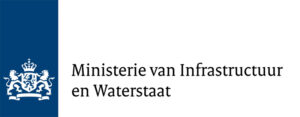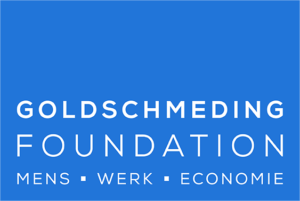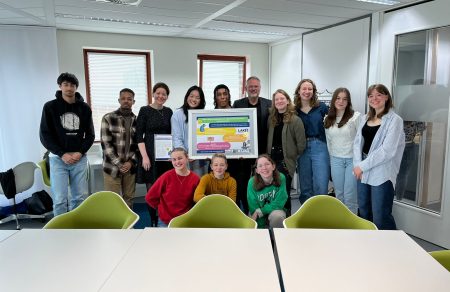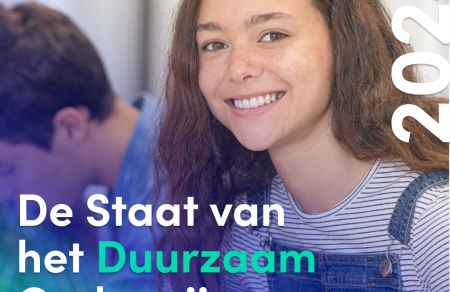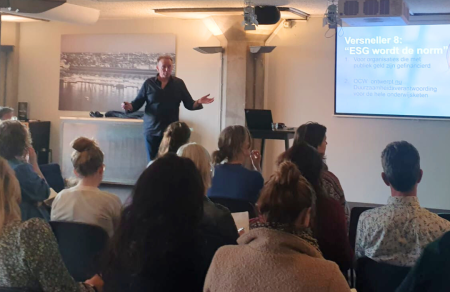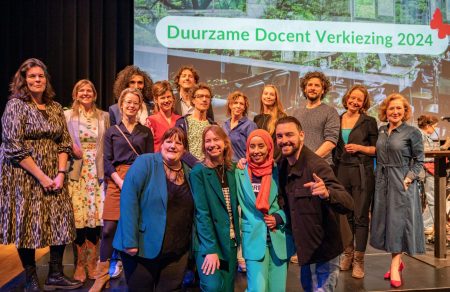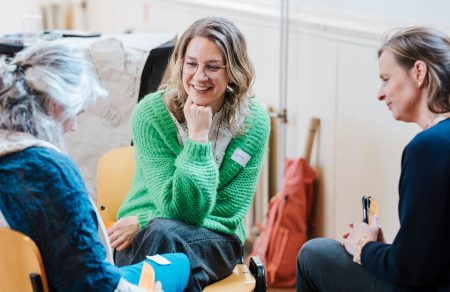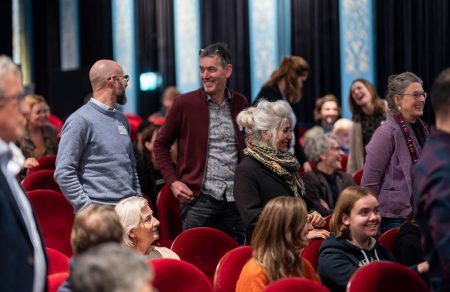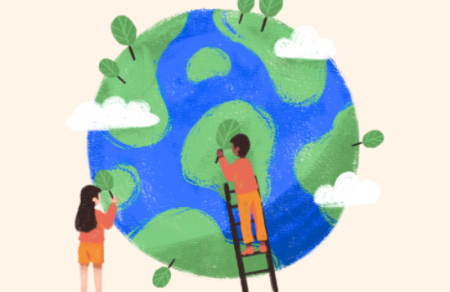Leading up to this article, we struck up a conversation with Daan de Kruijf. Daan has now been working for Learning for Tomorrow for three years as project manager of Circular Skills. According to Daan, the way we treat the world is inextricably linked to the way we treat each other. This has to fundamentally change if we want to achieve a sustainable world together. In this talk, we focus on the transition towards the circular economy. For how are we going to construct this transition in unison and how does the Circular Skills project relate to this transition?
The circular economy
In 2017, the resource agreement concluded, since then the circular economy has been a hot topic in the business world. This is because in this agreement it was agreed that we must deal differently with our raw materials. This with the goal of being fully circular by 2050. But what exactly do we mean by a circular economy? The transition to a circular economy is one of the solutions to contain the climate crisis. It can be seen as one of the flavors within sustainable development. Circular economy means closing cycles so that raw materials retain their value as much as possible and thus do not go to waste. A circular economy is more than this according to Daan. If you dig deeper, you see circularity at different levels. Then circularity becomes not only a solution for closing cycles but also a cycle of knowledge to create an inclusive and sustainable world.
Over the years, the circular economy has increasingly taken shape. Different agreements were made per sector to achieve the goals. One of these agreements was that circular skills had to be developed. These circular skills contain the skills required of workers in the circular economy. These skills not only ensure that people can keep up in this new economy but also that different groups and individuals can drive this transition. To achieve this, we, as Learning for Tomorrow, were commissioned by the Ministry of Infrastructure and Water Management to give an impulse to the development of circular skills within education. Circular Skills was a fact!
Circular Skills
The first was to identify the gap between vocational education and professional practice in the circular economy. In doing so, we began to examine what skills were needed within education to bridge this gap. The second aspect was that, as an organization, we looked at what was needed to actually transfer the skills. What conditions do you need to cultivate in education so that pupils and students can develop the right skills? Finally, anchoring was key. Circular skills must be given a structural place in the school system and must be embedded in the DNA.
The program is hugely cooperative in nature. There are an awful lot of initiatives in the Netherlands that are working on educating for a circular transition. We do not want to place another initiative next to this; it is up to us as a cooperative to connect existing initiatives so that they will strengthen each other. Circular Skills is a systematic and strategic approach to give direction to the transition. This is therefore a concrete fulfillment of our mission and method: within Circular Skills, we work together on innovative solutions, driving systemic changes for sustainable development within education. In this way, we can turn the current system, a linear economy, into a circular economy.
This approach has brought us a lot, as it has generated a lot of innovation energy within education. Many local and small-scale solutions have emerged from this. Over the years, Circular Skills has grown tremendously. This has ensured that we are now in a new phase. With so many different partners within the project who each have their own initiatives, the demand changes. Then the focus is no longer on getting different initiatives going but what happens after you start a project. The focus shifts to connecting longer-term projects that can be sustained structurally. This year we are taking the region as our starting point. Here we look at the transition within a particular area that has specific characteristics of that region.
The first step in this is to connect local education, business and government. This way they can join hands to shape the transition within their region. A collective long-term goal will be drawn up. Afterwards, we will start a practical project from Circular Skills; this project will take the first step towards the collective goal. Then we take the second step. Circular Skills connects practical projects from different regions working on the same theme. They often face the same process questions and can help each other move forward. In this way, a micro-network emerges from the region and develops into a national network. This national network stimulates transition. This is exactly the effect that Circular Skills is trying to achieve.
Vision of the future
According to Daan, no one alone can fully oversee where we are going with this transition. The collaboration within Circular Skills ensures that we stay on the same page. We are gradually forming a collective picture of the future we are materializing. Over the years, we get a clearer and clearer picture of the future we are building. As Learning for Tomorrow, we mainly want to create unity within the transition. The whole thing sometimes seems very chaotic and complex. Like threads running in all directions. Yet these threads do form a web. There are no fixed frameworks in which to move; it is an organic process. What we can do as Learning for Tomorrow is that we strive for harmony between these processes, being in sync with each other and pointing our noses in the same direction. That way, there will be synergy within the Circular Skills network.
The Circular Skills Film
We, the Learning for Tomorrow team and its partners, are immensely proud that the Circular Skills Film launched. The film tells the story of the work we do as a network. By bringing out our story, we shape collaboration. Thus, different stories come to light to give ownership to the matching projects. The film acts as a vehicle to make the collaboration more robust. In addition, of course, we want to share this story with the world so that we can inspire all kinds of groups and individuals to get involved!
Join us!
Do you work in education? Explore! Get out of school, look around your community and explore how you can contribute. Find out how you can engage students and students.
Do you work in business? Involve education in what you do. If you are making the transition toward circularity involve education early on.
Are you a student? Look for opportunities and initiatives that match your interests. For example, check out the national talent program Leadership for the Circular Transition. Don't settle for it if your school doesn't pay attention to the transition. Pull your teacher's sleeve and put it on the agenda!
There are several ways to get involved in Circular Skills. What do you hook up with?
